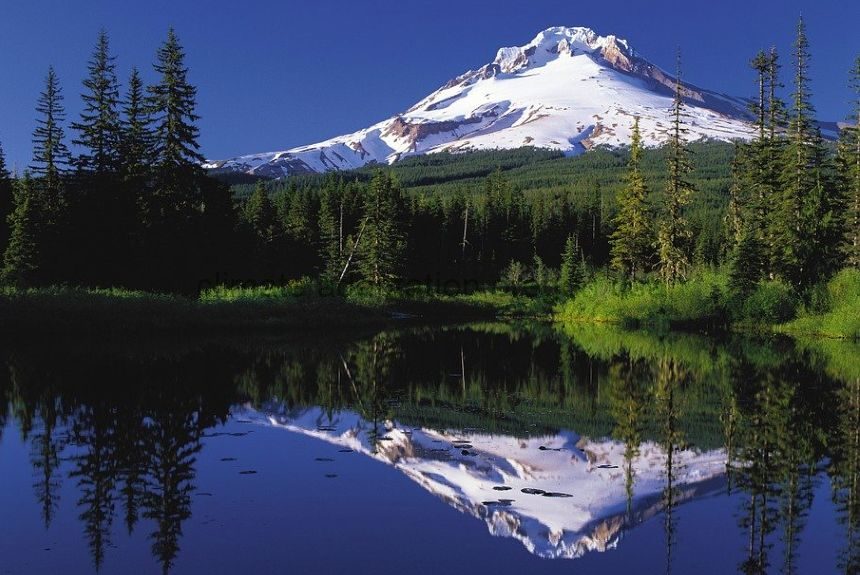The latest biennial report from Oregon Climate Change Research Institute – the fifth Oregon Climate Assessment shows climate change effects at present and future projections and how climate extremes and natural calamities widen the state’s economic and racial inequality. The report is legislatively mandated and cites many peer-reviewed studies.
Climate change effects identified in the report serve as a resource for adaptation and mitigation planning and implementation of Oregon’s 2021 Climate Change Adaptation Framework.
Oregon’s state of climate science.
The temperature will continue to rise, an average of 5°F by 2050 and 8.2°F by 2080. Precipitation will increase during winter and decrease during summer. There will be a slow accumulation of snow, early snow melts, and snow runoffs will begin and peak earlier in the year. Advances in science will make more accurate climate forecasts, which can help predict the likelihood of some extreme weather events.
Climate-related natural hazards
The following are the consequences and projections of climate change in the state, according to the report:
- Extreme heat will happen more frequently and for more extended periods during the 21st century.
- Droughts. As summers become warmer and drier, drought events will increase, particularly snow droughts like those in 2014 and 2015.
- More wildfire events. The area burned in the state increased significantly from 1984 to 2018, and this trend will continue in the next 50 to 100 years.
- Flooding will become more frequent and severe due to increased precipitation and a warmer atmosphere.
- Coastal hazards like sea-level rise, coastal storms, and erosion will increase, and the threat’s extent will depend on the state’s coastal adaptation measures.
- Rising ocean surface temperatures can decrease oxygen levels in the water and increase the toxicity of harmful algal blooms. Ocean acidification due to a drop in ocean pH levels can affect shell formation, marine life, and productivity.
Racial and economic disparities become more apparent when communities are exposed to natural hazards and calamities. Addressing the health and financial issues in conjunction with climate change can improve the state’s resilience and quality of life.
The report identifies the various sectors that will need climate adaptation action. These sectors include natural systems, the built environment, public health, tribal cultural resources, and social systems.
However, the state has plenty of climate adaptation and mitigation options available. These adaptation measures include expanding and integrating solar and wind power in the power grid, electric vehicles, and green infrastructure for flood resilience.
To view the entire report, click the link below:
Source Citation:
Fifth Oregon Climate Assessment, Executive Summary (2021, January). Retrieved from https://oregonstate.app.box.com/s/3ce2qvmxy881vug4qu4wgb4ypijbv7m5



Leave a Reply